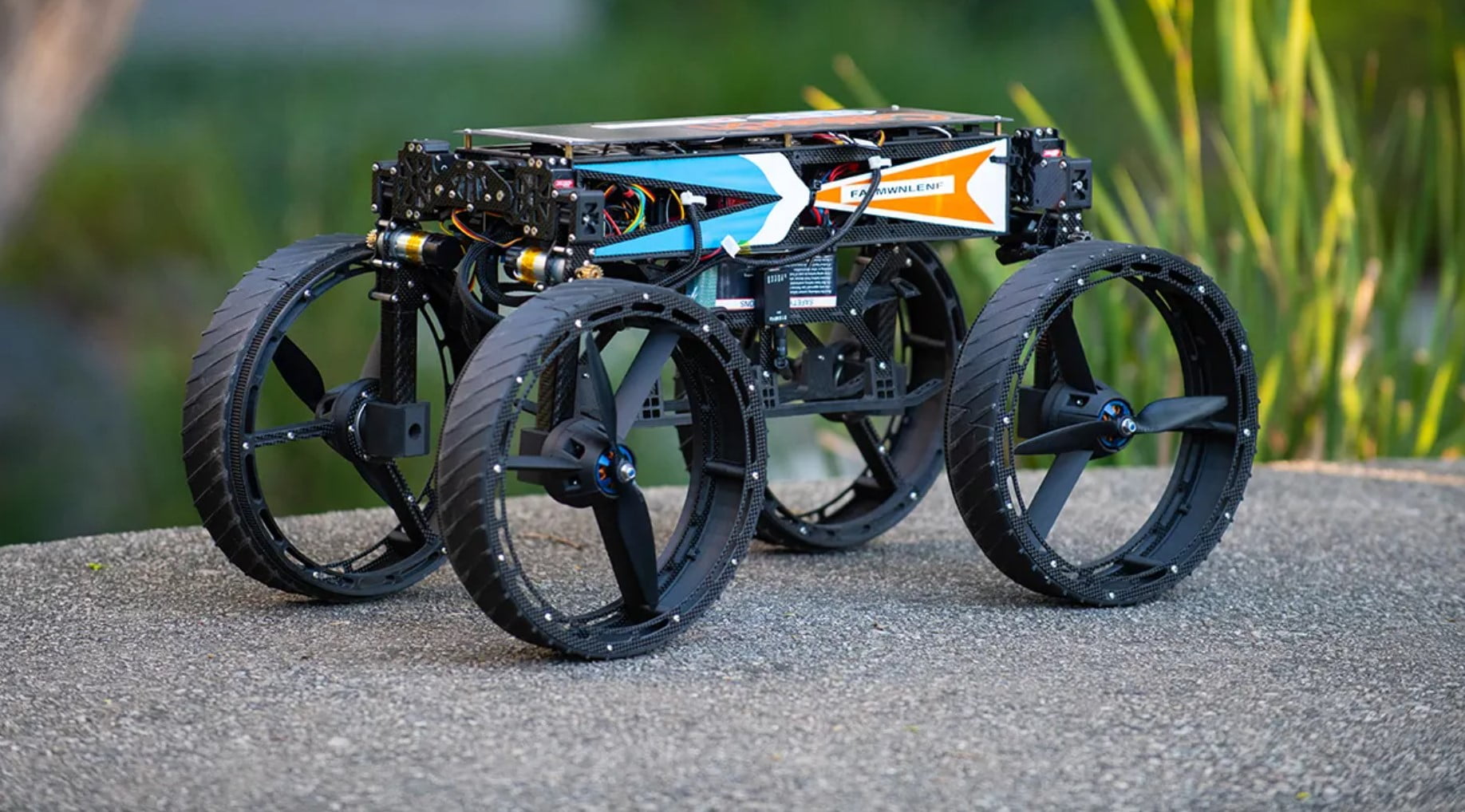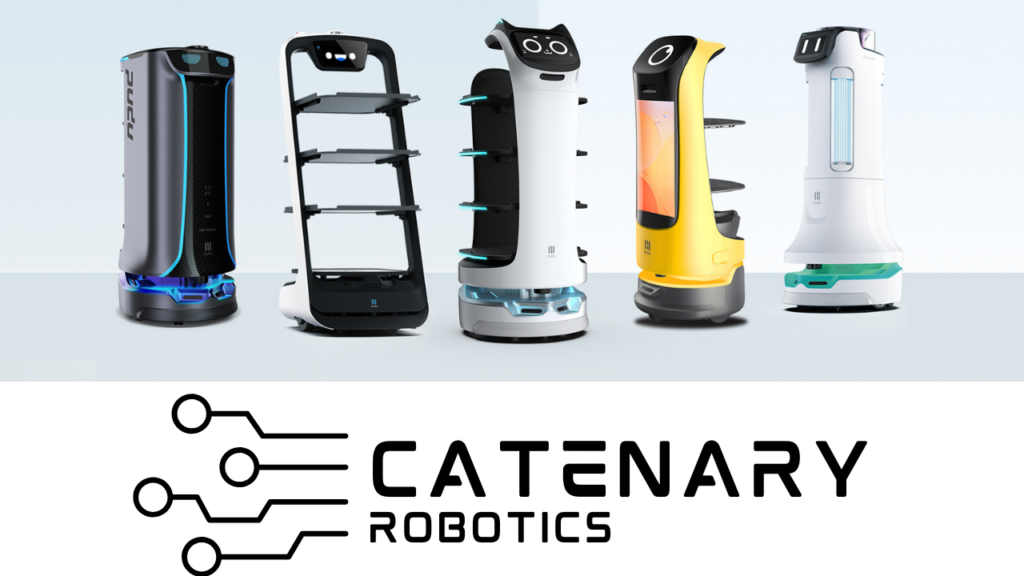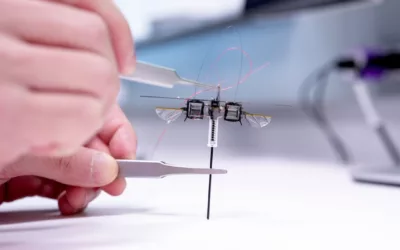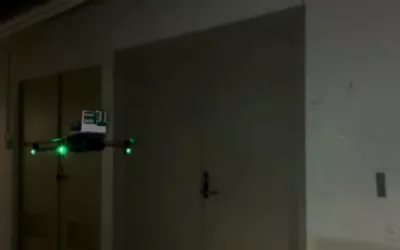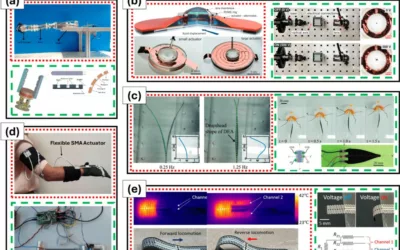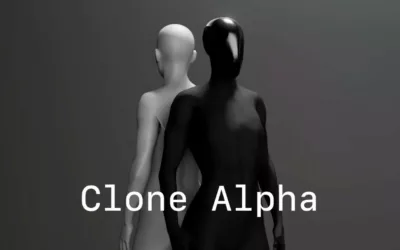Discover the groundbreaking capabilities of the Multi-Modal Mobility Morphobot, or M4, a cutting-edge advancement in robotics that draws inspiration from the animal kingdom. Created by a team of researchers led by Alireza Ramezani, an assistant professor at Northeastern University, this innovative robot has the potential to revolutionize space exploration, package delivery, and more.
M4 has a repertoire of eight distinct modes of mobility. Inspired by birds, bats, and meerkats, M4 transitions between crawling, flying, and various other forms of movement.
Picture M4 as a four-wheeled vehicle, traversing the terrain with ease, only to transform into a lizard-like creature, using its wheels to crawl wheel by wheel. M4 can rotate its four wheels, equipped with propellers, to become a quadcopter capable of flight. It can also mimic a meerkat on its hind legs, relying on two thrusters to propel itself forward.
M4 possesses autonomous decision-making capabilities, allowing it to switch between mobility modes based on its surroundings and obstacle detection. This autonomous adaptability sets M4 apart from conventional robots that rely on a single method of movement.
The origins of M4 trace back to Ramezani’s vision in 2020, when he sought to develop a shape-shifting machine capable of utilizing thrust vectoring. Recognizing the limitless applications of such a creation, he teamed up with Morteza Gharib, a fluid dynamics expert at Caltech, to design a robot inspired by nature. Ramezani’s bio-inspired designs, particularly his work with bats, provided the foundation for M4’s shapeshifting abilities.
Birds also played a pivotal role in M4’s development. Ramezani explains that birds possess an array of mobility modes, making them the perfect inspiration. By studying the chukar, a type of partridge, the team gained insight into the use of both legs and wing-generated thrust to conquer steep slopes. M4 mimics this concept with its own robotic adaptation, employing two propellers to ascend inclines while balancing on two wheels.
The flexible mobility offered by M4 holds potential in various fields, including search and rescue missions and space exploration. On Mars, for instance, M4 could navigate the treacherous terrain and overcome steep craters that pose challenges for traditional wheeled rovers. By combining aerial and ground mobility, M4 could soar over slopes, descend to lowland regions, and transform into a wheeled vehicle to continue its mission.

